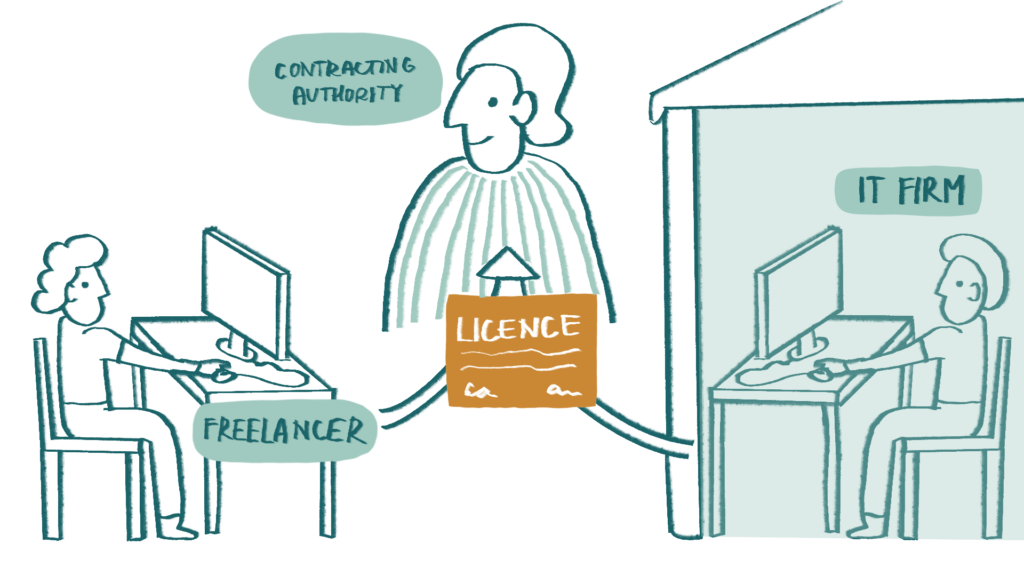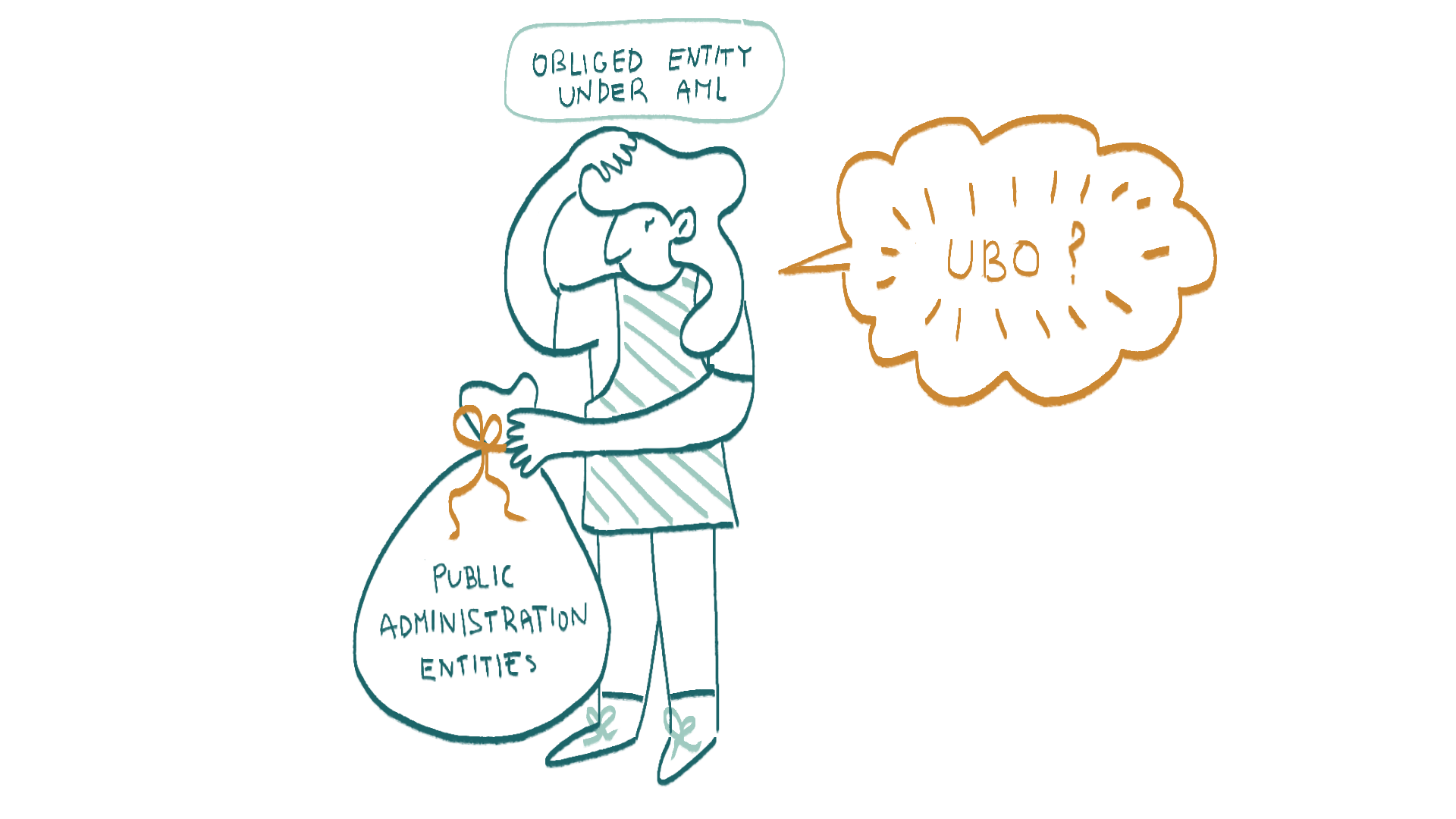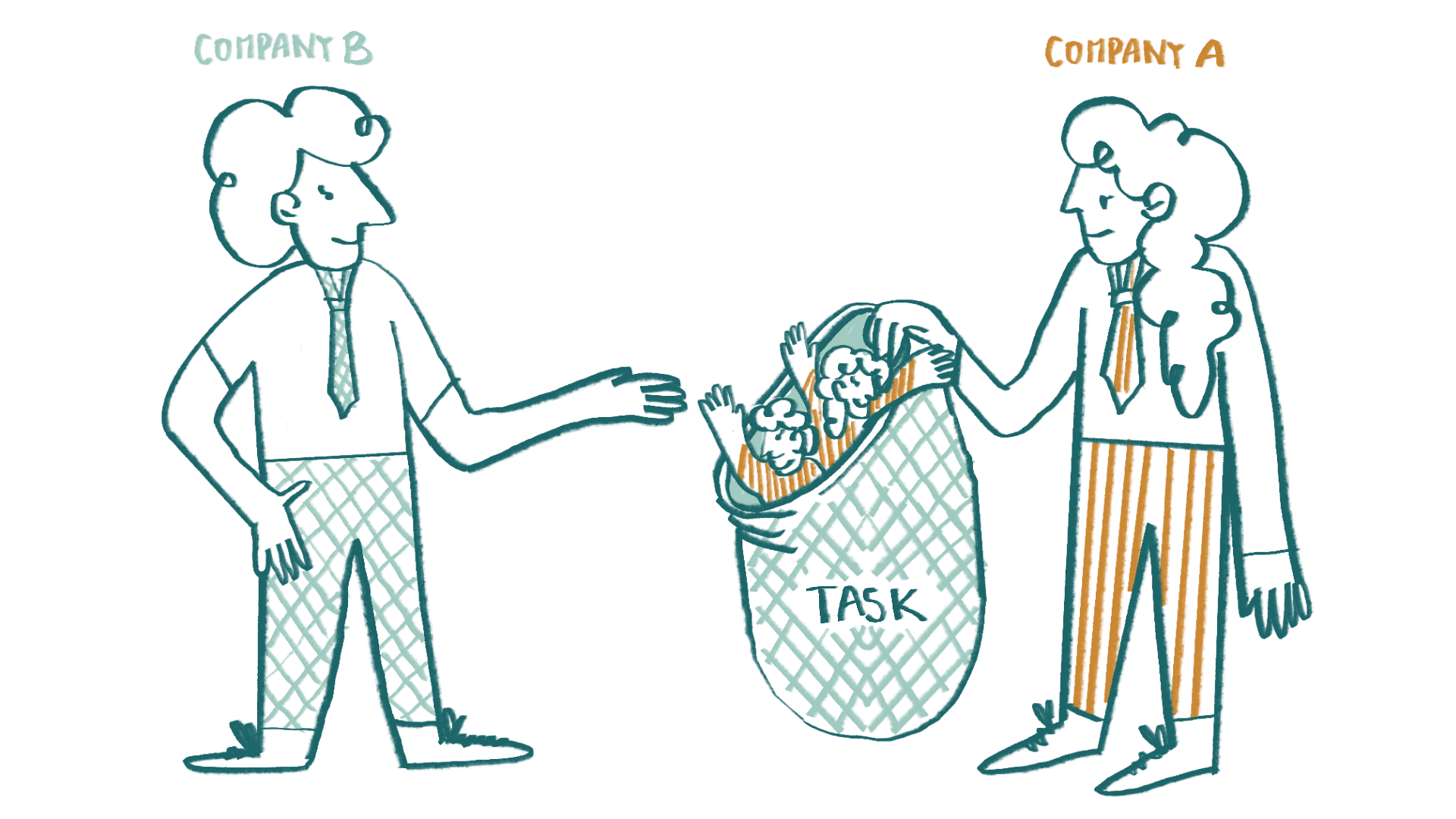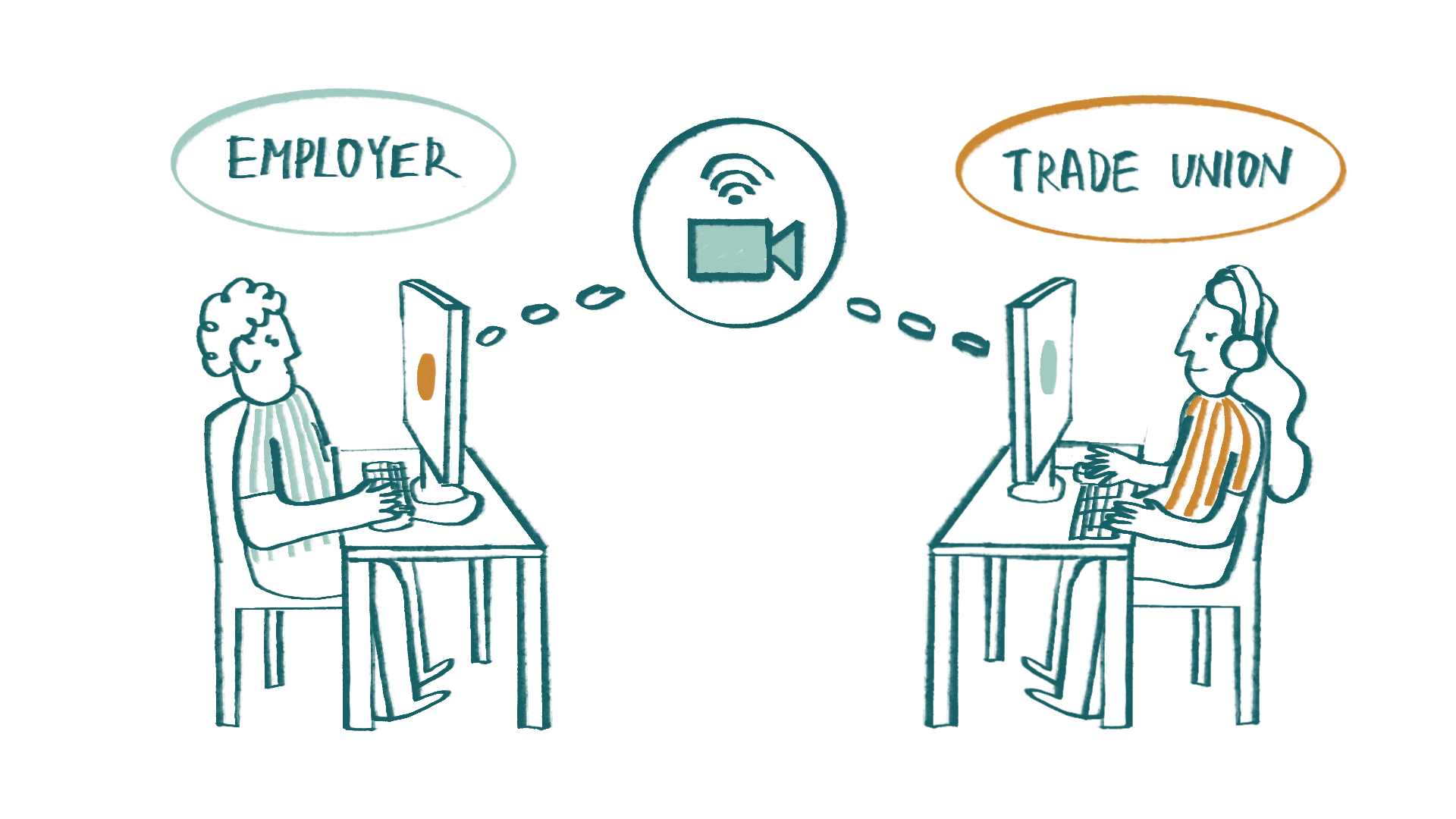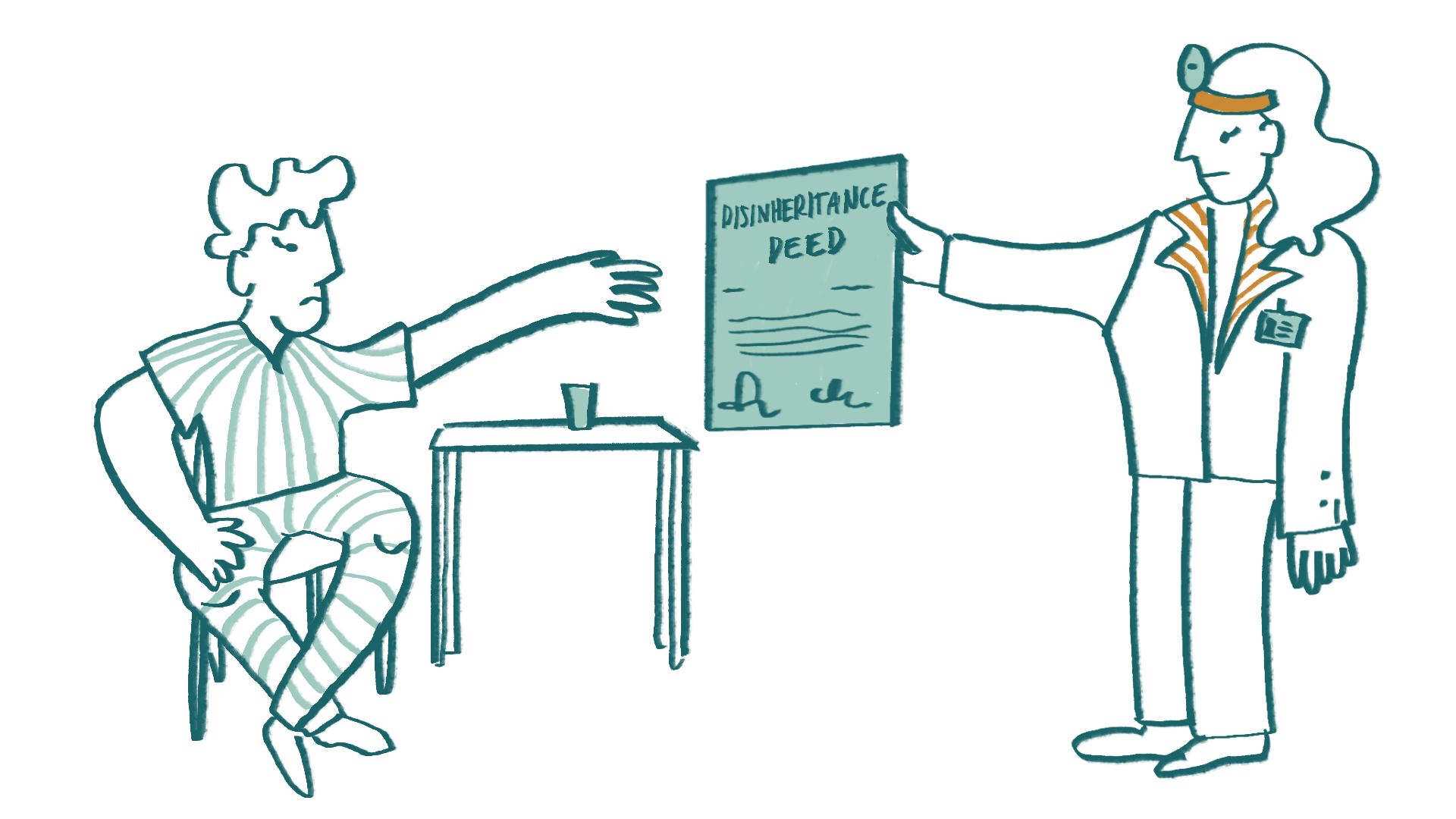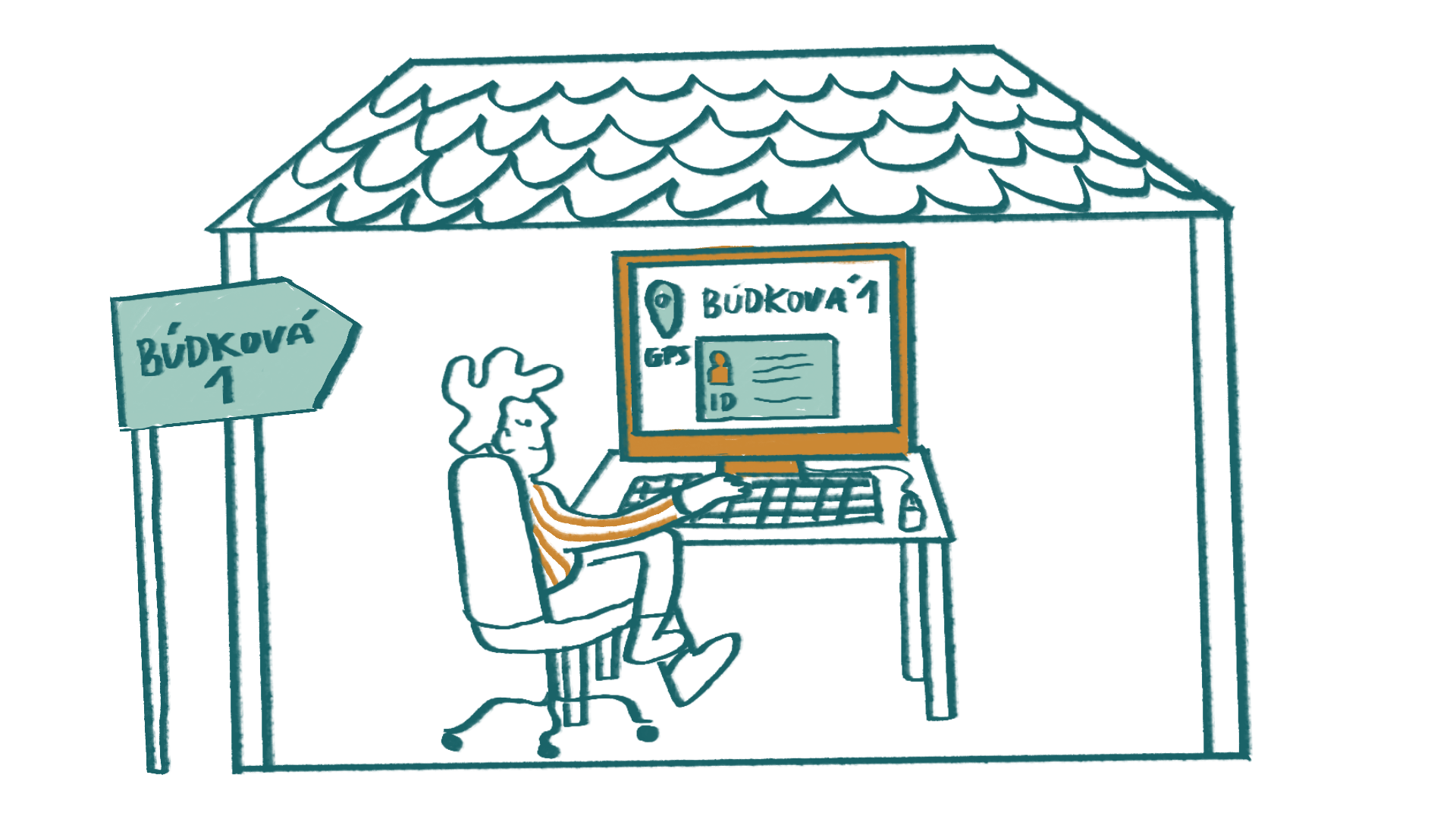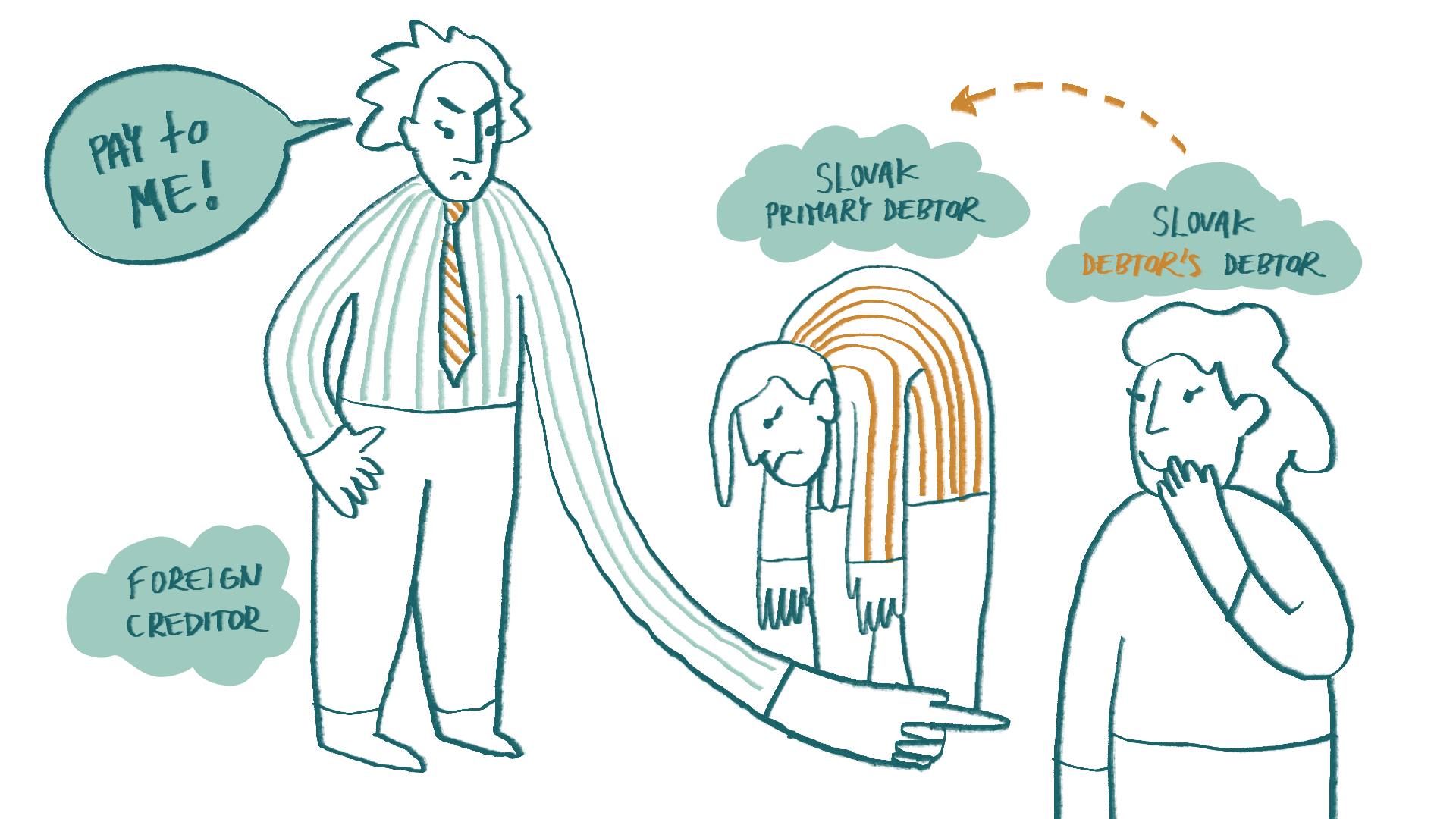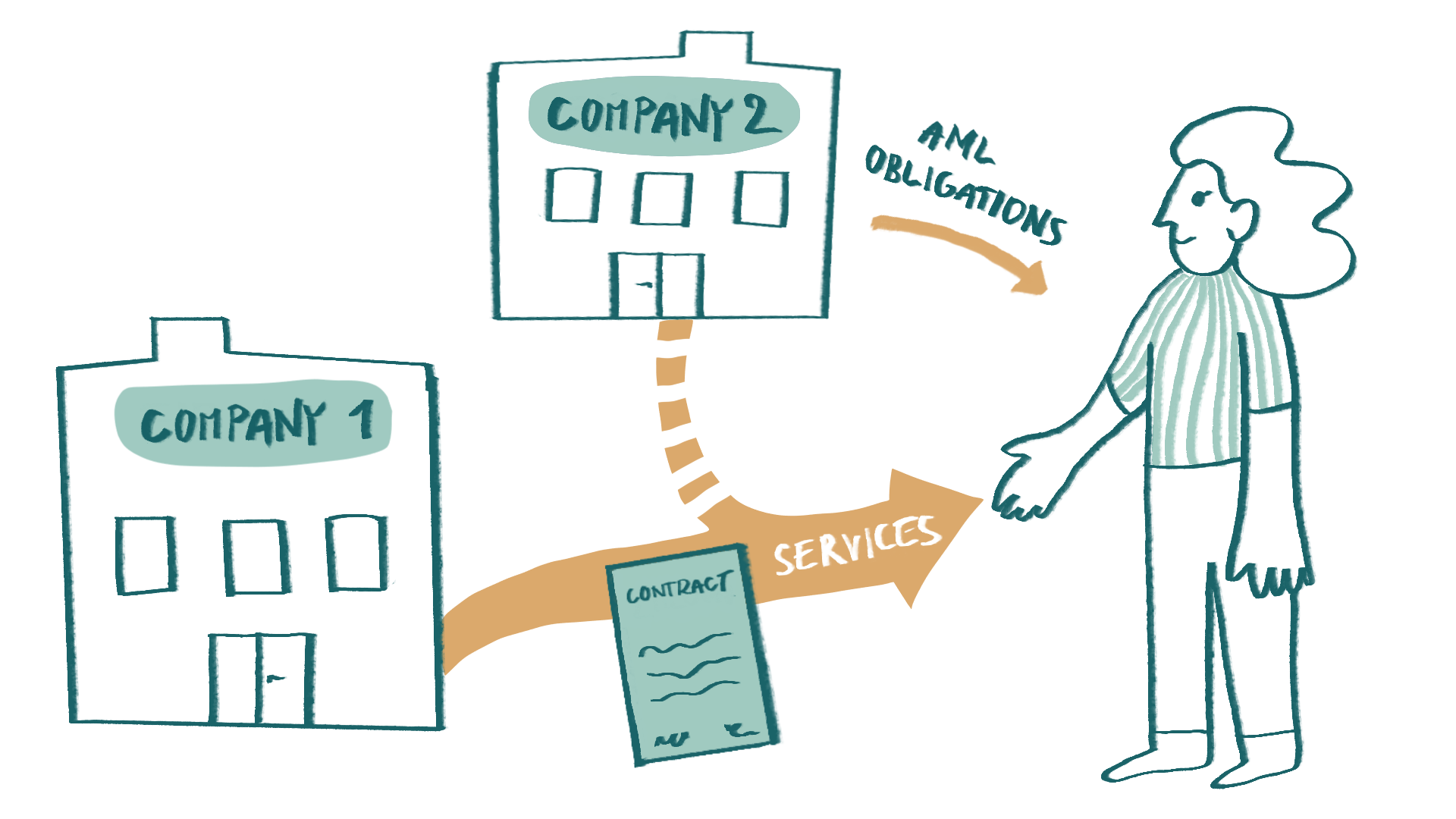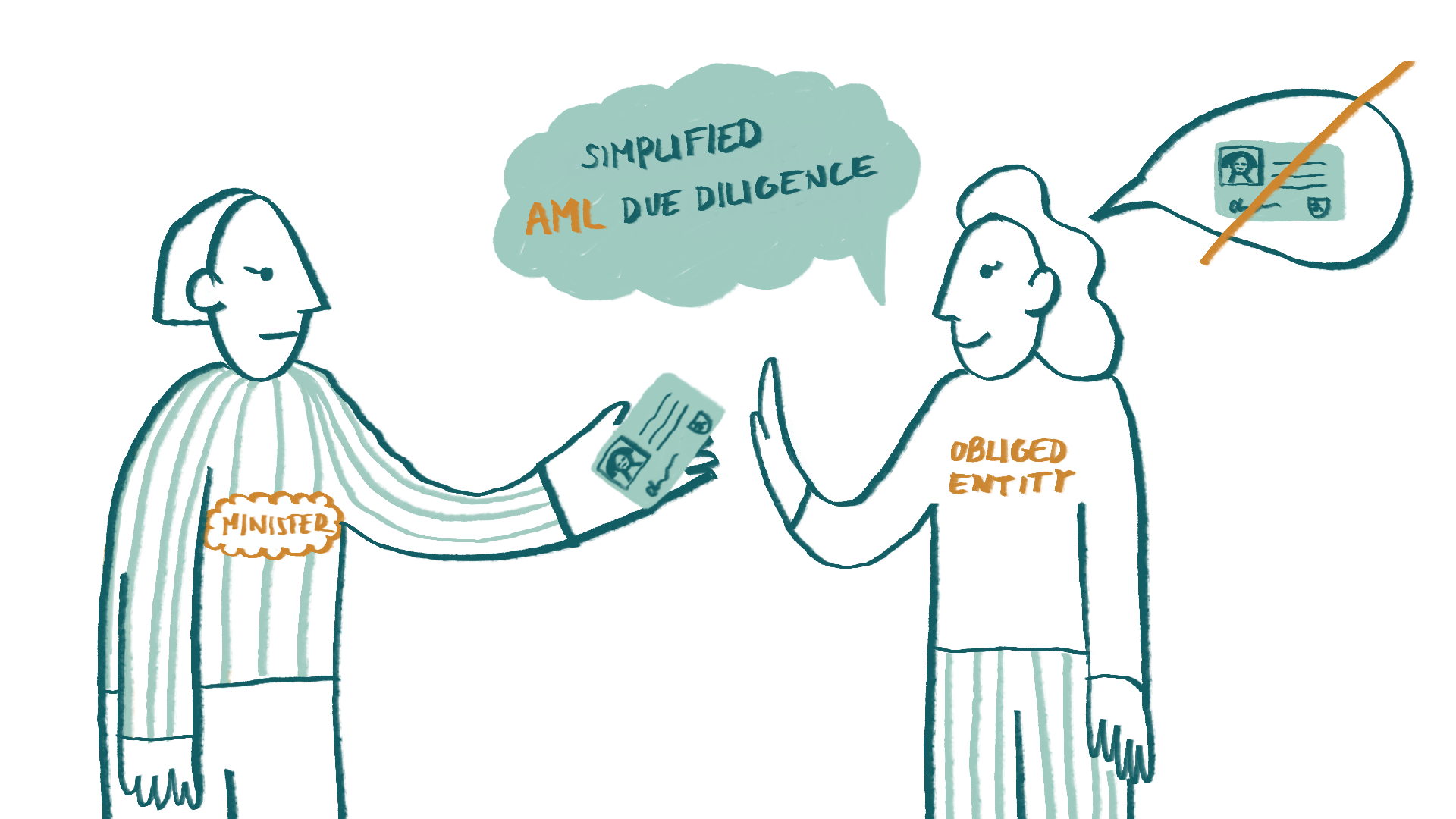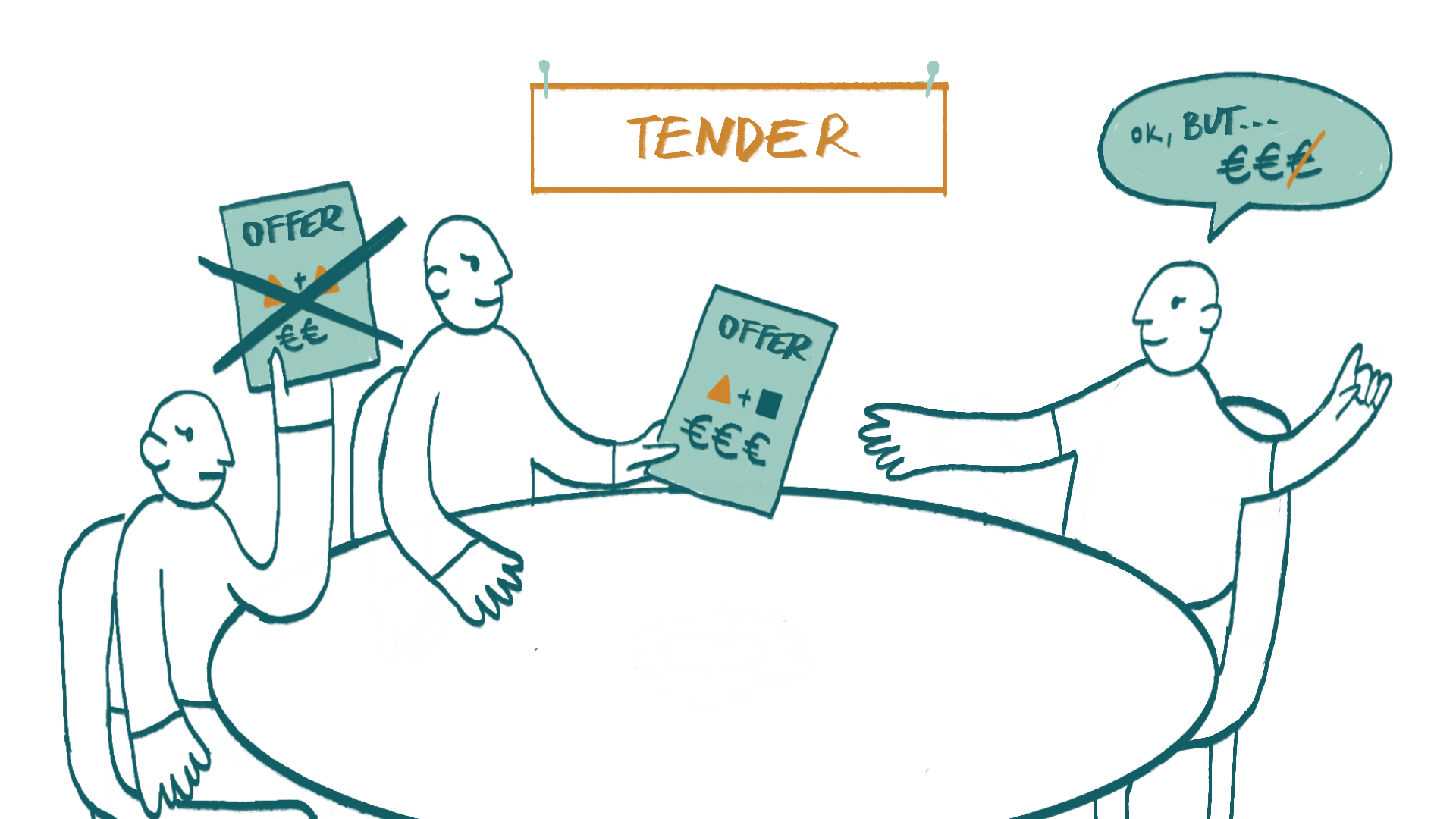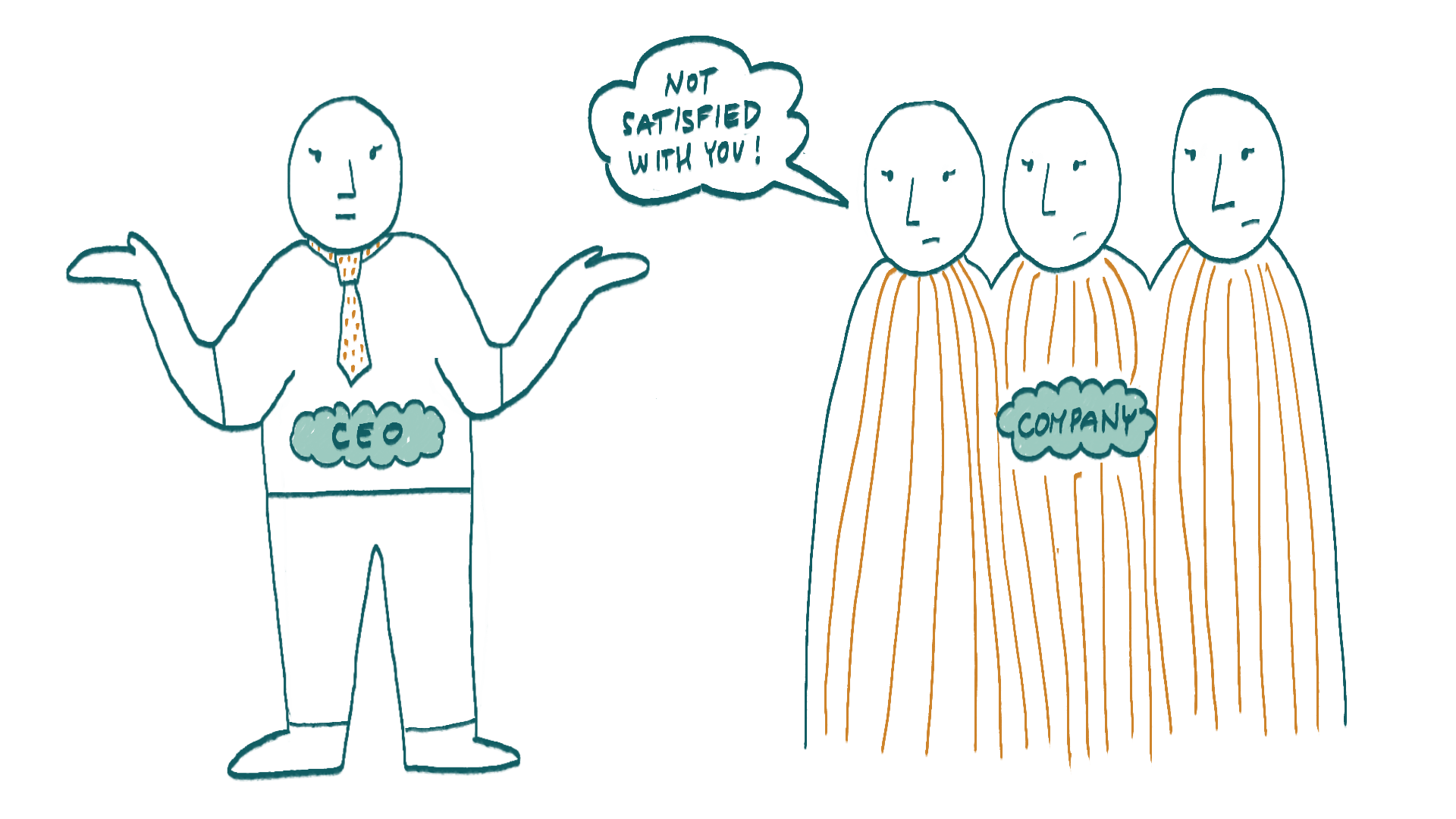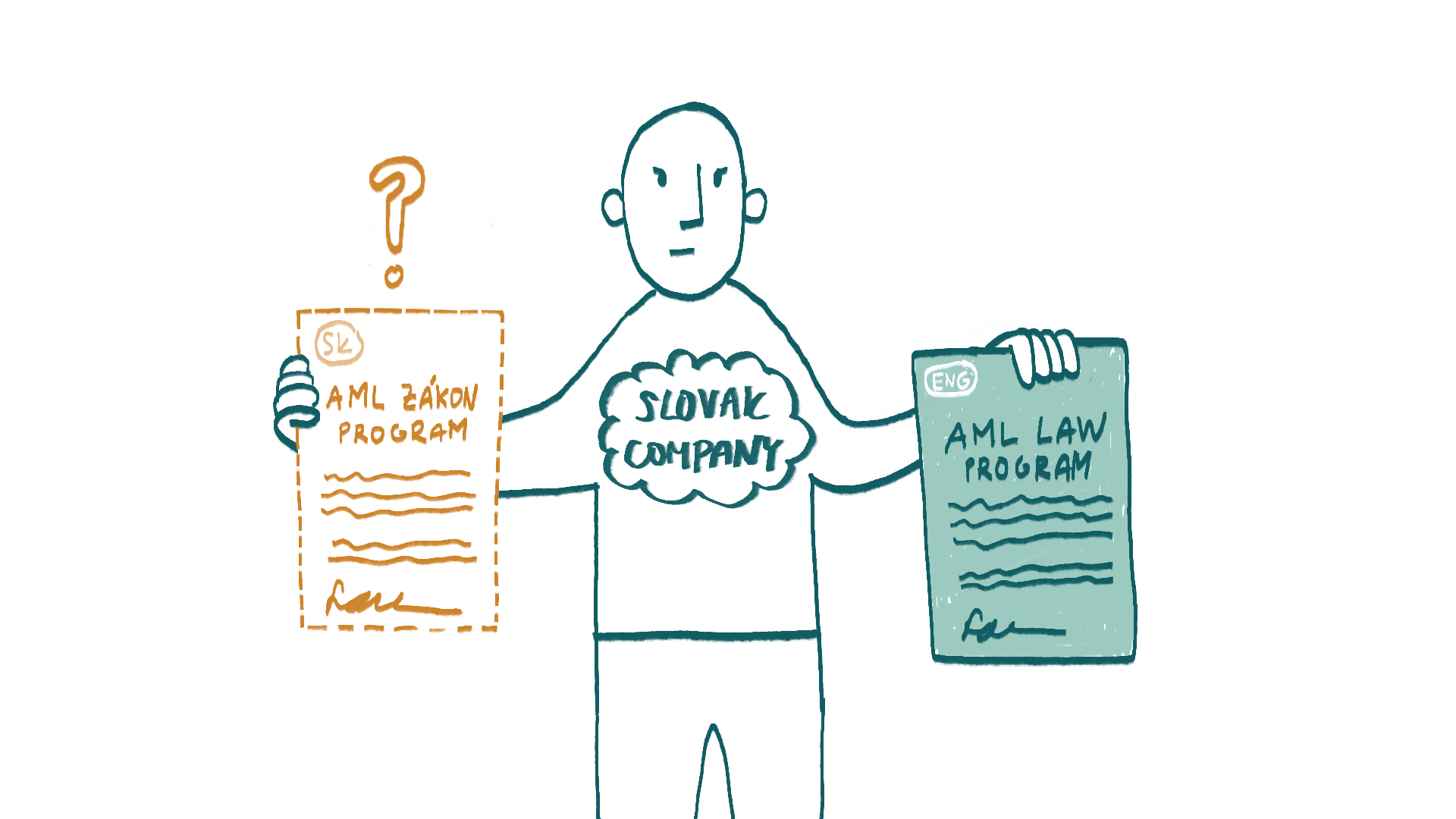We are a contracting authority and we are preparing tender documents for the procurement of a software solution to ensure the digitisation of part of processes covered by our institution. Previously, we have used service contracts or contracts for work, in which the licensing rights for the use of the software were regulated in general terms only. But then, on one occasion, we were contacted by an associate of our software vendor who claimed to have been involved in the development of the software solution and to have authored or co-authored part of the software solution. As he had had not granted us any licence, he demanded that we purchase such licence from him. How should we avoid such cases in the future and how should we properly address this issue in the contract to be tendered?
We understand that the software solution that is the subject of the tender meets the characteristics of a “computer program” under the Copyright Act. We also understand that the contracting authority’s objective is to hold the rights to the computer program to the extent that it can exercise property rights (if possible) and that the computer program is free from any legal defects.
The legal framework related to the development of a software for public administration is quite extensive, and therefore we will focus only on selected aspects concerning securing the rights to a software to be developed exclusively for the contracting authority.
A well-drafted contract is a fundamental document for the successful development of a computer program for a contracting authority. The two possible options include a licence agreement or a work contract. The choice of the specific type of instrument depends on whether the computer programme is an existing computer programme – a licence agreement is used – or a computer programme is yet to be developed based on a purchase order – a work contract is used. Of course, the work contract will also include licensing provisions. It is important to note that even in the development of a computer program, another computer program that already existed, so-called pre-existing software, may be used. There are two main categories of pre-existing software. The first is so-called ‘proprietary’, i.e. it can be obtained by purchasing a licence to use and accepting the licence terms and conditions. The second is so-called ‘open source’, the use of which is unrestricted and not subject to any fees. However, in the case of using pre-existing software in a computer program, the licence granted by the developer or the transfer of the exercise of proprietary rights does not apply to such pre-existing software.
We understand that your question is about the development of a computer program based on the customer’s specification, i.e. it will be a solution exclusively made for the contracting authority.
The Slovak Copyright Act has certain limitations because it recognizes only a natural person as an author. Therefore, there is a difference if the developer is a natural person – a sole entrepreneur or an IT company – a legal entity. If the developer is a natural person, the computer program can be developed based on a purchase order – a work contract. This is a more advantageous arrangement for the client, because in this case the client becomes directly the executor of the property rights. At the same time, it is important to point out that if the work contract does not provide for the use of the work, the purpose of the use is only that which is implied by the contract. It is therefore important in this case also to take care that the rights and obligations of both parties are properly defined. However, this is a rather exceptional case, since the development of a computer program usually involves several developers who are represented by an IT company, i.e. a legal entity.
Currently, it is common practice for IT companies to use their employees for software development, but also so-called “freelancers” – persons doing business based on a trade license or other entrepreneurial authorization (self-employed) or through commercial companies – legal entities. There can be several ways in which a computer program is developed by an IT company. An IT company may develop a computer program solely through its employees, or through various combinations of employees and freelancers. Freelancers, as subcontractors of the developer, may also involve their employees or other freelancers in the software development. Thus, if the developer is an IT company, the rights to use the computer program may be granted to the client by means of a licence or by assignment of the exercise of proprietary rights.
In this context, it is therefore necessary to make sure in the contract that any risk of inadequately regulated copyright to the computer program is borne solely by the developer. The damage that may arise in connection with inadequate regulated copyright may be extremely high, and the possibility of using the computer program may be entirely compromised. It is therefore necessary to provide for penalties and safeguards that are proportionate to the potential damage.
It is essential to contractually obligate the developer to exercise all proprietary rights in the computer program or to hold all licenses to the extent necessary to achieve the purpose of the contract. This includes in particular the proper regulation of employee works in employment relationships and the developer’s obligation to ensure the assignment of the exercise of property rights from its subcontractors. It is also necessary to contractually ensure that the developer is obliged to enforce these obligations from all their subcontractors to the same extent, so that the last link in the chain is always the author themselves, i.e. the natural person. The licence should be granted not only for the computer program itself, but also for the source and machine code, the conceptual preparatory materials, the related documentation, and the draft versions of the computer program. It is also important not to overlook the regulation of special rights of the database developer, if necessary.
In conclusion, in terms of the relationship of the contracting authority with all authors and co-authors of the computer program to be commissioned, it is essential to stipulate in the contract that the direct supplier of the computer program is fully responsible for securing any and all rights or licences to the computer program entitling the contracting authority to use the work to the extent required. At the same time, the direct supplier of the computer program shall be obliged to compensate the contracting authority for any damage arising from the failure to fulfil this obligation. Alternatively, a contractual penalty may also be agreed in the contract in this respect.

